A dishwasher is a handy device that, with a single press, can clean enough dishes for a week. However, not many things are more annoying than seeing that your dishes are still covered in food residue after unloading them. If you have experienced this, loading your dishwasher incorrectly is probably the primary cause. Incorrect placement of cups, plates, utensils, and other equipment in the machine hinders the jets' ability to do their jobs.
Understanding how to load your dishwasher makes unloading a breeze and saves you time (and water) when re-cleaning your dishes.
Other Topics You Might Like
Helpful Products You Might Like

Finish Dual Action Dishwasher Cleaner
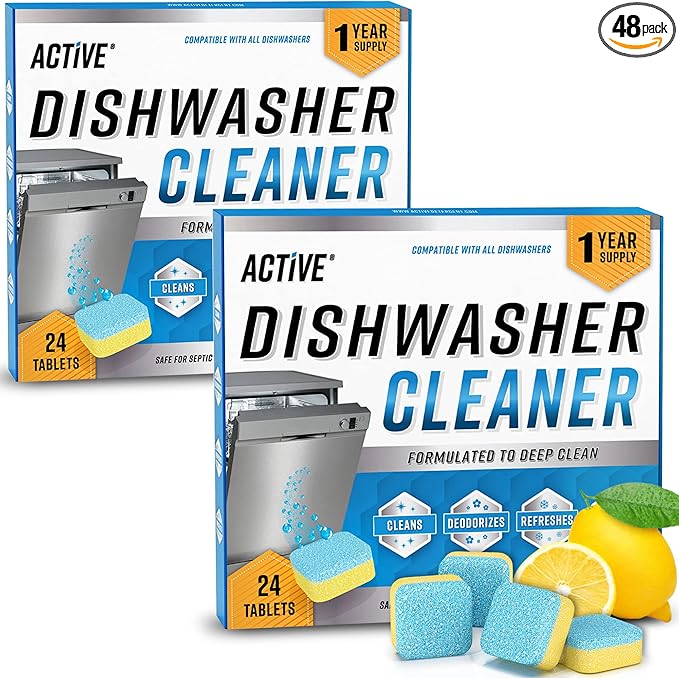
Dishwasher Cleaner Deodorizer Tablets
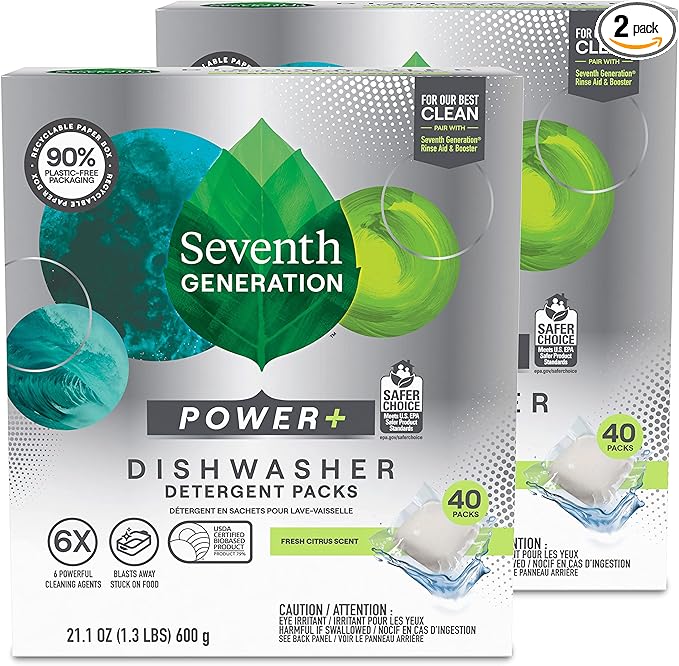
Seventh Generation Power Plus Dishwasher Detergent Packs
"(Paid Links)" 
Dishwasher loading guide
These guidelines are essential for a properly loaded dishwasher and sparkling clean dishes.
Face dishes toward the center
The filthy sides of the plates should face the middle of the dishwasher. To wash and rinse dishes, your appliance's washer jets, which are mounted on the rotating spray arm, spray upward.
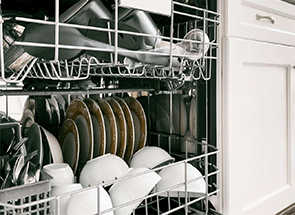
Angle dishes downward
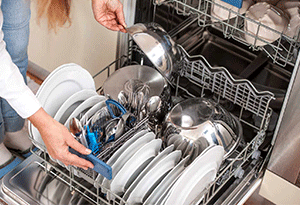
Putting things at an angle facilitates proper drying and draining, as well as efficient cleaning. Larger objects, such as pans and mixing bowls, should be orientated towards the centre of the dishwasher and stored in the back of the bottom rack. You can load little plates for a full load to fill in any gaps.
Avoid overcrowding
Avoid packing the dishwasher too full, as this can occasionally result in blocked spray arms and leaks. Stacking bowls in your dishwasher hinders the jets' ability to clean them thoroughly, even if they can fit nicely together in your cupboards to save room. Instead, for the best cleaning cycle, separate objects using the tines on your dishwasher.
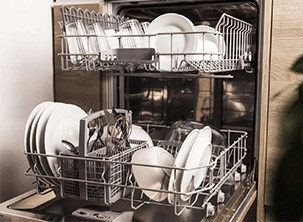
Place items between the tines, not over them
The projections on the top and bottom racks that hold and divide your dishes are called dishwasher tines. Items should be securely fastened between the rack's tines when loading a dishwasher to avoid them colliding or tumbling over while the cycle is running. Some Whirlpool® dishwashers have folding tines that give you the flexibility to hold down little items like measuring cups and lids or to create the room you need for larger dishes.
Don't pre-rinse dishes
The projections on the top and bottom racks that hold and divide your dishes are called dishwasher tines. Items should be securely fastened between the rack's tines when loading a dishwasher to avoid them colliding or tumbling over while the cycle is running. Some Whirlpool® dishwashers have folding tines that give you the flexibility to hold down little items like measuring cups and lids or to create the room you need for larger dishes.
Don't block the sprayer arms
The jets that wash and rinse your dishes are located in the sprayer arms, and obstructing them might reduce how well your loads wash. If your appliance, such as this Whirlpool brand dishwasher, has many sprayer arms, fill your top and bottom racks carefully to avoid obstructing them.
Only load dishwasher-safe items
Be mindful of what can and cannot be placed in the dishwasher and ensure the goods you are loading are safe. Generally speaking, hand washing is advised for:
If you wash items like pots and pans in the dishwasher, they could get damaged or lose their finish. To prevent damage, you should always wash items by hand. Make sure to adhere to any cleaning instructions or guidelines that may be included with your cookware.
